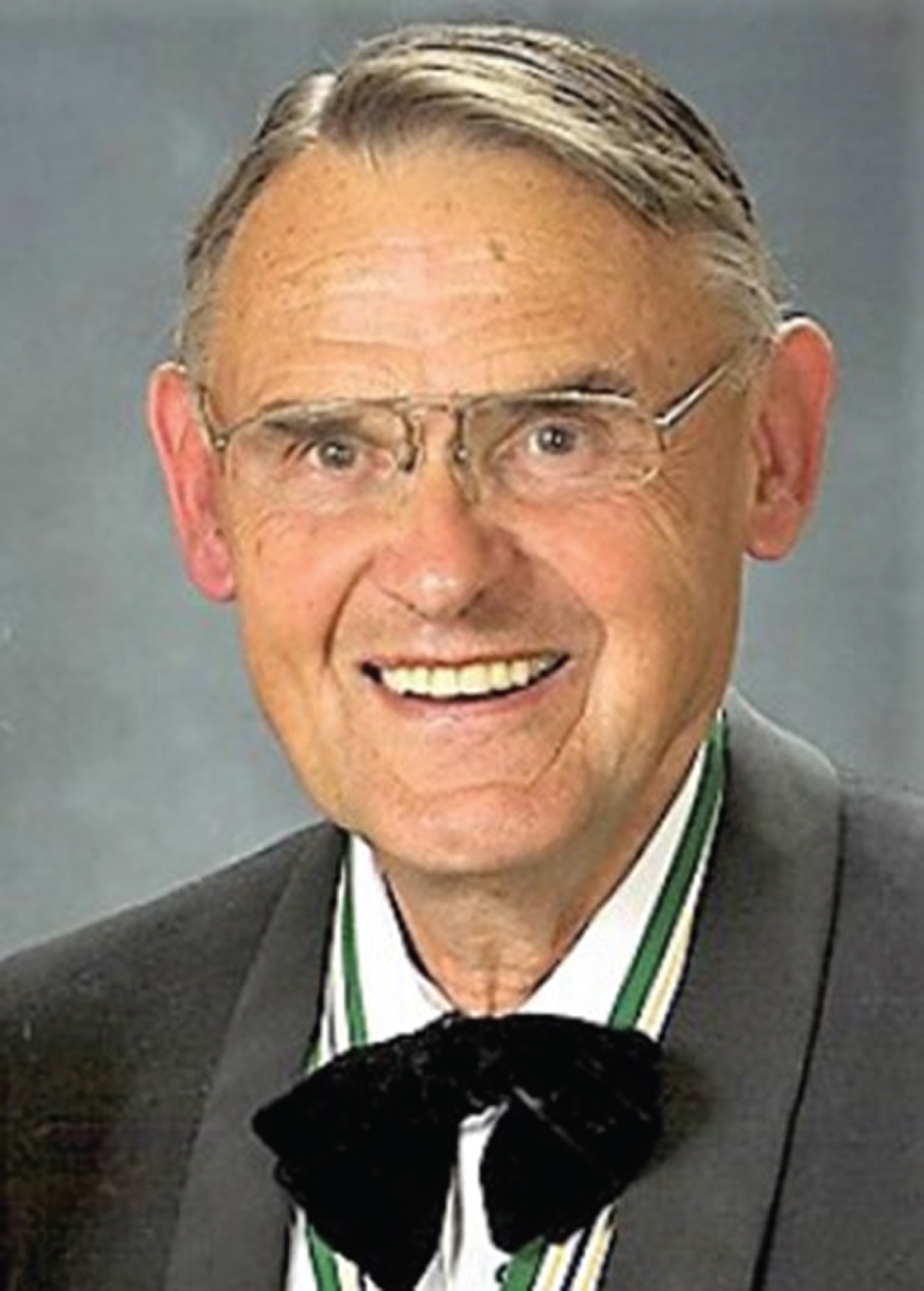In Memorium
Patrick McGeer, MD, PhD
(1927-2022)

Whether or not you loved Pat McGeer, as I did, you would be less than human if you did not at least appreciate the wide-ranging achievements of this remarkable man. A list of his accomplishments would take many pages. Here is a small sample.
• Pat was an Olympic athlete and played for the Canadian basketball team in the 1948 Olympics. He was voted one of the top five athletes in the history of British Columbia. Among other sports, even in his 80 s I doubt that anyone in science could beat him on a tennis court.
• Before we knew him as a leading scientist in Alzheimer’s disease, he was a PhD chemist at DuPont, where he helped to develop Teflon.
• A recent query with PubMed returned 558 of his scientific publications, most of them on neurodegenerative disorders. He also wrote several books, including Molecular Biology of the Mammalian Brain with Sir John Eccles, his mentor.
• While running a full-time science laboratory, Pat was also, from the 1960 s to the 1980 s, a member of the British Columbia Parliament, its Minister of Education, and its Minister of Science and Technology. His book about those times, Politics in Paradise, remains a very humorous and insightful read.
• The honors Pat accumulated are also too numerous to list but include the Medal of Service from the Cam Coady Foundation, the Clarke Institute of Psychiatry Prize from the University of Toronto, Lifetime Achievement Awards from the Science Council of British Columbia and the National Alzheimer’s Association, induction to the Order of British Columbia and the Order of Canada, and fellowships to the National Academy of Inventors and the Royal Society of Canada.
I first met Pat at an Alzheimer’s Association poster session in 1983 in which I proudly presented findings showing that microglia in the Alzheimer’s brain exhibited profuse labelling for MHCII, a marker of inflammatory activation. Nobody paid any attention whatsoever, except for Pat McGeer. He went home and replicated the results. Without his efforts, my guess is that neuroinflammation in Alzheimer’s disease and many other disorders would have remained unnoticed for another 20 years, if not longer. Sue Griffin, Tuck Finch, Tony Wyss-Coray, and others played critical roles, too, in those early days. But it was Pat’s perseverance that I most especially remember and revere. He may have made a few people mad in the process. I do not think that he has yet been proven wrong.
Pat McGeer died at age 95, still working and still exhorting me to keep on as well. In all measures, he is the best, most complete human being I have ever known.
My heartfelt condolences to Edith McGeer, PhD, Pat’s widow, long-standing collaborator, and my friend. She was the bulwark for all of this history and is as surely revered.
Joseph Rogers, PhD
Distinguished Scientist
SRI International



